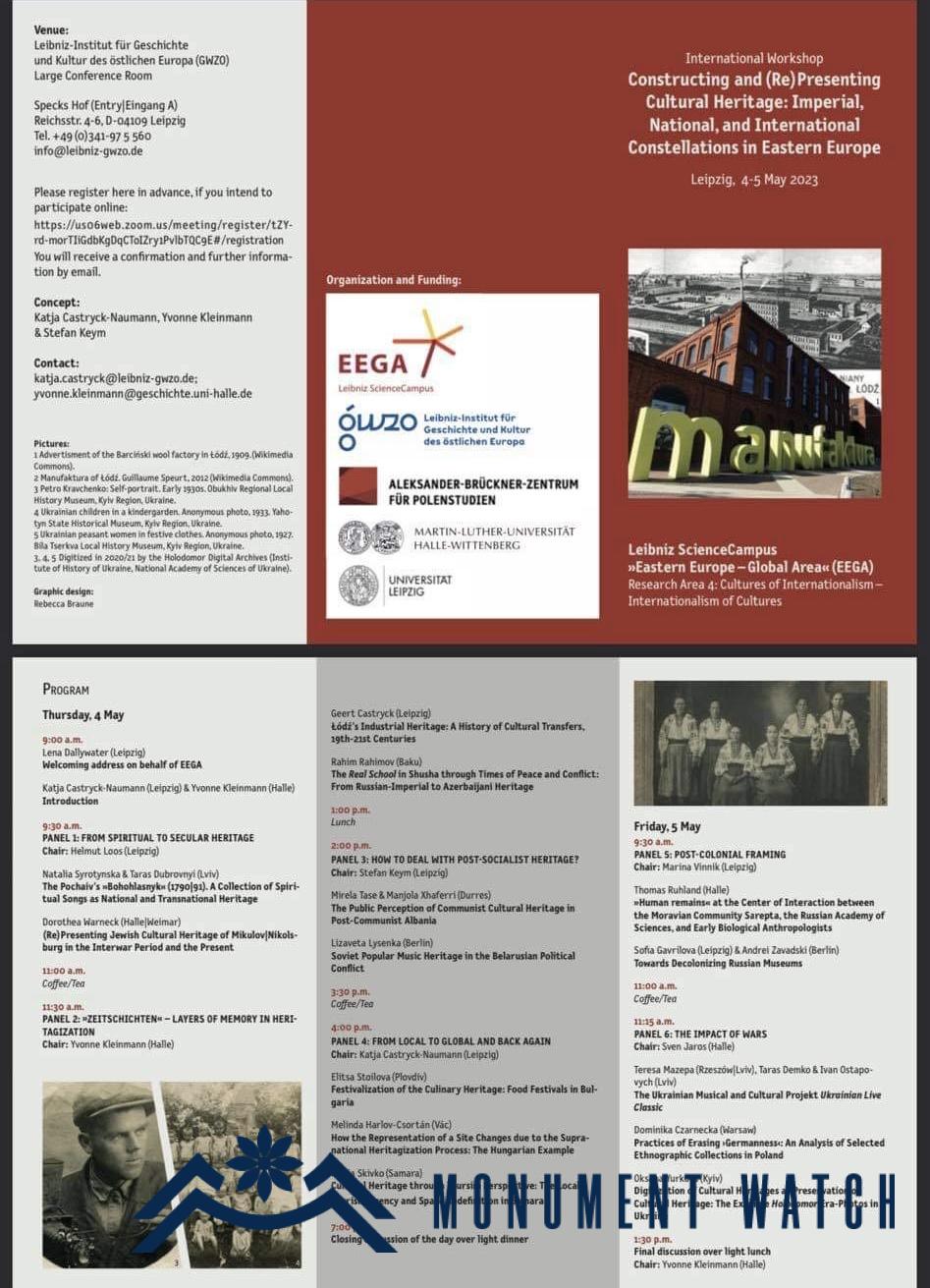
Complain letter to the organizers of “Constructing and (Re)Presenting Cultural Heritage: Imperial, National, and International Constellations in Eastern Europe” international workshop
Dear Colleagues,
Highlighting the importance of “Constructing and (Re)Presenting Cultural Heritage: Imperial, National, and International Constellations in Eastern Europe” workshop you organized and the scientific topics included in it, understanding that any conference or workshop dedicated to the preservation and protection of cultural heritage is very important from the point of view of world heritage protection, our scientific team would like to express its deep concern and protest that you included the following topic “The Real School in Shusha through Times of Peace and Conflict: From Russian-Imperial to Azerbaijani Heritage” in the conference schedule.
Only the title of the report already shows the racist and anti-scientific approach it contains and is directed by the Azerbaijani authorities. There are many reliable scientific sources, upon familiarization with which it becomes clear that presenting Shushi as Azerbaijani heritage is not only non-scientific, but also aimed at the destruction and distortion of Shushi's Armenian identity, Azerbaijan once again shows that it does not deviate from its adopted anti-Armenian policy and is already using pseudoscientific approaches to achieve its goals.
In 1881, the Real School was opened in Shushi, which operated for about 40 years. It was a state school where education was conducted in the Russian language and where Armenians, Tatars and Russians studied, but the vast majority of students were Armenians. According to the data reported by "Кавказский Календарь" published in Tiflis in 1893-1900, the national composition of students of Shushi Real School had the following picture. Armenians make up more than 80 percent of real students, Tatars about 15 percent. The Real School had notable Armenian teachers, German language specialist Mikael Gharabekyan, physicist, French expert Harut Melikyan and no less famous students: Bogdan Knunyants, Levon Atabekyan, Hayk Gyulikekhyan, Sako Sahakyan, Slava Gasparyan, academician Ashot Hovannisyan.
Our complaint is addressed to the organizers of the conference, who allowed such a topic to be included in the scientific agenda. Just look “Collection of materials for the description of localities and tribes of the Caucasus 1891// Issue XI, Section I, Tiflis. Its clearly written “In 1886 according to the census data, there were 30,945 people in Shushi, who were distributed according to nationality as follows: 18. 690 Armenians, 11.940 Turks, 315 Russians”. It is clear that in 19th century Shushi was a multi-ethnic and multi-confessional city. From the point of view of ethnicity, the culture of the city of Shushi had a pronounced Armenian aspect.
Once again we want to demand from the organizers not to allow history and heritage to be distorted in a conference dedicated to the preservation of cultural heritage.
“Monument Watch” team
4.05.2023